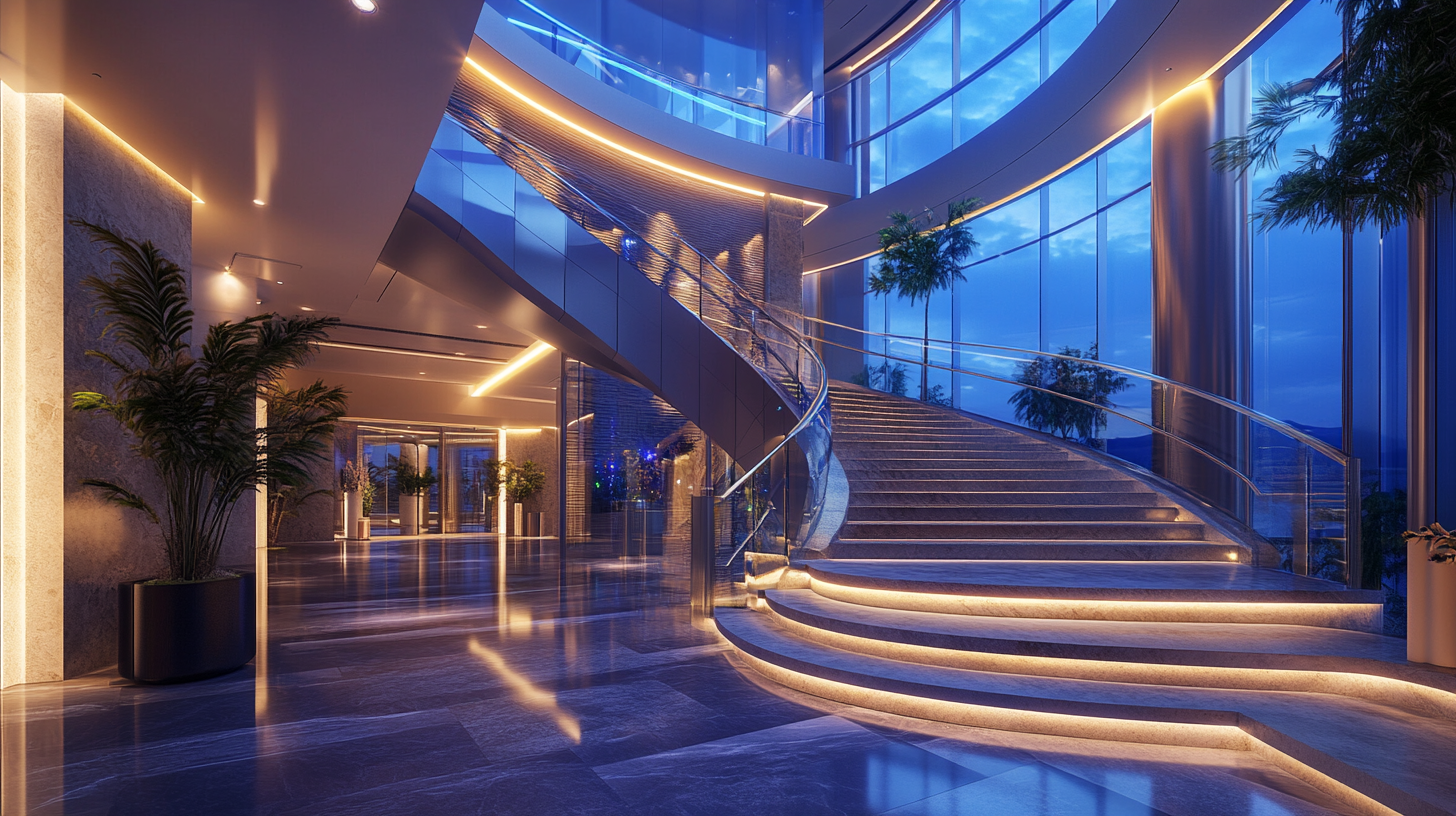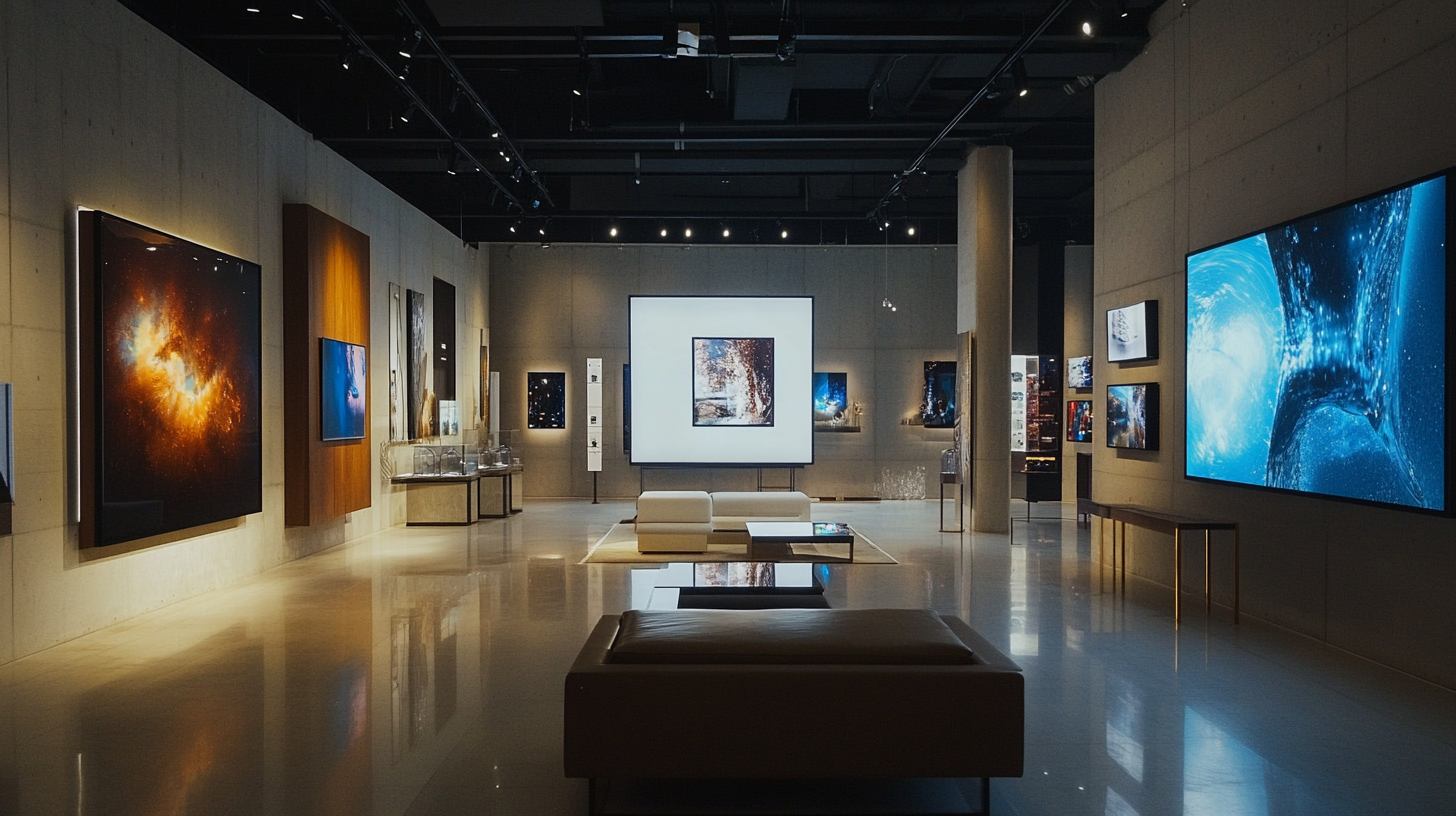Maximizing Value with Effective After Sales Support and Cost Savings in Lighting Gallery
In today's competitive market, creating a memorable customer experience extends beyond the initial sale. Effective after-sales support is essential for businesses striving to maximize value in their Lighting Gallery. This aspect not only enhances customer satisfaction but also fosters long-term loyalty, driving repeat business and referrals. A well-structured after-sales strategy can make a significant difference in how customers perceive the value of their investment, influencing their future purchasing decisions and elevating your brand's reputation within the lighting industry.
Moreover, integrating cost-saving measures into after-sales support can further amplify the benefits for both the business and the consumer. By streamlining processes, utilizing technology, and offering tailored services, Lighting Galleries can improve operational efficiency while simultaneously reducing costs. This dual approach not only boosts profitability but also provides an opportunity to pass savings onto customers, making the entire buying experience more attractive. The synergy between effective after-sales support and cost savings is a powerful combination that can transform a Lighting Gallery from a simple retail space into a thriving hub of customer engagement and satisfaction.

Strategies for Enhancing Customer Satisfaction Through After Sales Support in Lighting Galleries
In the competitive landscape of lighting galleries, enhancing customer satisfaction through effective after-sales support is paramount. The strategies put in place not only aid in maintaining a positive relationship with customers but also ensure that they feel valued long after their initial purchase. When customers receive timely assistance and are made to feel that their concerns are being prioritized, it translates into heightened satisfaction and loyalty. This is particularly critical as consumers today are more informed and have higher expectations regarding the service they receive. Investing in a robust after-sales support system can also lead to significant cost savings. By addressing issues promptly and efficiently, businesses can reduce the likelihood of returns or dissatisfaction that may stem from unresolved problems. Furthermore, fostering a culture of continuous feedback can serve as an invaluable tool for improvement. Companies can track key performance indicators (KPIs) tied to customer success, enabling them to adapt their services based on actual customer experiences. This proactive approach not only enhances the perceived value of the lighting products but also strengthens the overall brand, as customers associate high quality with both the product and the support they receive. The influence of product quality and service quality on customer satisfaction cannot be overstated. Investing in superior products and highlighting their benefits through effective after-sales communication can lead to lasting relationships. Social media also plays a role in mediating this interaction; satisfied customers often share their experiences, influencing potential buyers. By leveraging these avenues, lighting galleries can enhance their engagement with customers, ensure a memorable buying experience, and ultimately maximize long-term value.

Implementing Cost-Effective Solutions for Sustainable After Sales Services
In the competitive lighting industry, effective after sales support is crucial for maximizing customer satisfaction and brand loyalty. A recent report from Allied Market Research indicates that the global market for lighting products is expected to grow at a CAGR of 9.8% from 2021 to 2027, driving a pressing need for cost-effective after sales services. Implementing efficient after sales solutions not only enhances the customer experience but also significantly contributes to the overall sustainability goals of businesses.
Cost-effective after sales services can be achieved by leveraging technology and optimizing workflows. According to a study by McKinsey & Company, companies that employ digital tools and automation can reduce service costs by up to 20%. For lighting galleries, this could mean utilizing customer relationship management (CRM) systems to track purchases and service requests, thus streamlining communication and response times. Furthermore, offering remote support through virtual consultations can minimize operational costs while maintaining high service quality.
Moreover, establishing a strong feedback loop with customers allows galleries to continuously improve their service offerings. The Voice of the Customer (VoC) methodology, as highlighted in a report by Gartner, can lead to a 15% increase in customer satisfaction when implemented effectively. By integrating customer insights into the after sales process, lighting galleries can not only cut costs associated with returns and replacements but also foster a more engaged customer base, ultimately driving long-term success in a rapidly evolving market.

The Role of Training and Development in Effective After Sales Support
In the competitive lighting gallery sector, effective after-sales support is crucial for maximizing customer value. One often-overlooked aspect in enhancing this support is the role of training and development for staff. By investing in the continuous education of employees, galleries can ensure that their teams are well-equipped to address customer inquiries, troubleshoot issues, and provide tailored solutions that resonate with clients' needs.
Training programs not only enhance product knowledge but also develop essential soft skills that improve customer interactions. When staff members are trained to communicate effectively and empathetically, the overall customer experience improves significantly. This leads to increased customer satisfaction, fostering loyalty in an industry where repeat business is crucial. Additionally, knowledgeable employees can identify opportunities for upselling or cross-selling related products, further driving revenue and enhancing the customer’s overall experience.
Moreover, ongoing development initiatives can help staff stay updated on the latest trends and technologies in the lighting industry. This not only boosts their confidence when interacting with customers but also positions the gallery as a thought leader in the market. Clients are more likely to trust and return to a business that demonstrates a commitment to professional development and remains at the forefront of innovations. Ultimately, prioritizing training and development in after-sales support empowers employees and enriches the customer journey, contributing to long-term profitability and brand loyalty.

Innovative Technologies to Streamline After Sales Processes in Lighting Businesses
In the competitive landscape of the lighting business, after-sales support has emerged as a crucial differentiator. Innovative technologies are playing a pivotal role in streamlining after-sales processes, enabling companies to enhance customer satisfaction while also optimizing operational efficiency. One notable development is the implementation of customer relationship management (CRM) software tailored specifically for the lighting industry. This type of technology allows businesses to track customer interactions post-purchase, ensuring that inquiries and issues are addressed promptly, thereby reinforcing customer loyalty.
Additionally, artificial intelligence (AI) is increasingly utilized to predict maintenance needs based on usage patterns. By analyzing data collected from smart lighting systems, businesses can offer proactive support and anticipate potential failures before they occur. This shift from reactive to proactive service not only saves costs but also significantly improves the customer experience, as clients feel valued and understood. Technological advancements like remote diagnostics and automated troubleshooting further augment this efficiency, allowing businesses to resolve technical issues quickly, often without the need for on-site visits.
Moreover, integrating e-commerce platforms with after-sales support channels can simplify the return and warranty processes for customers. By providing online portals for tracking orders and submitting requests, businesses can reduce the friction often associated with after-sales service. This innovative approach not only accelerates resolution times but also empowers customers with greater control over their interactions with the company, fostering a sense of trust and reliability. The use of these technologies not only maximizes the value of after-sales support but also aligns with the broader goal of achieving cost savings, creating a win-win scenario for both the lighting businesses and their customers.
Measuring the Impact of After Sales Support on Customer Loyalty and Sales Growth
After-sales support plays a critical role in enhancing customer loyalty and driving sales growth in the lighting industry. A recent report from the International Data Corporation (IDC) highlights that 70% of consumers are more likely to remain loyal to a brand that offers excellent post-purchase support. This statistic underscores the importance of investing in after-sales services as a means to create a lasting relationship with customers. In the competitive landscape of lighting galleries, those that prioritize robust customer service can significantly differentiate themselves from their rivals.
Additionally, a study by Bain & Company reveals that increasing customer retention rates by just 5% can lead to an increase in profits ranging from 25% to 95%. This is particularly relevant for lighting galleries, where repeat business can account for a substantial portion of total sales. By providing effective after-sales support, such as troubleshooting assistance and maintenance services, lighting retailers not only enhance customer satisfaction but also encourage repeat purchases and referrals.
Moreover, understanding the metrics behind after-sales performance is essential. Key performance indicators (KPIs) such as response time, resolution time, and customer satisfaction scores can provide valuable insights into the effectiveness of support strategies. According to a report by the Customer Service Institute of America, companies that actively measure and analyze these KPIs see an increase in customer loyalty by up to 30%. As lighting galleries adopt data-driven approaches to enhance their after-sales services, they can expect to see a meaningful impact on both customer loyalty and overall sales growth.

